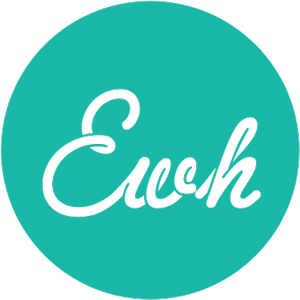
Know the Market!
It’s been said that we all run at least two businesses – the business we’re in, and the business of marketing the business we’re in. Writers are often daunted by this. “I’m an artist!” we think, “I don’t know anything about marketing, or sales, or business!” Roll up your sleeves and let’s get to work.
Step one, particularly if you are just starting out or are new to writing for children, is to make sure you know the market you are writing for, and its specific styles and requirements.
I continue to be amazed by how many aspiring children’s book authors are ignorant about or just plain out of touch with today’s marketplace. Many of us take inspiration from the books we loved as kids, but it’s also important to realize that times and trends have changed considerably since “Goodnight, Moon” and “Make Way for Ducklings” were published. Familiarize yourself with what’s selling, and what the current as well as the classic styles, trends, and approaches are. See how your book fits in. Pay attention to the balance of text versus illustrations, the number of pages and/or words, the subject matter being dealt with. Be especially aware of what’s on bestseller lists and winning awards. Research the competition in your particular genre or subject matter, and include that information, along with why your book is different and fresh, when you make your submission.
There are literally dozens of resources to help you in this regard. Here are just a few with which to get started:
- Annual Publications, such as Literary Marketplace (it’s expensive and updated every year, so check it out from your local library) and Children’s Writers and Illustrators Guide (published by Writers Digest). These are essential tools to know what’s happening not only in the marketplace, but also at the publishing houses – who’s moved where, who’s soliciting what, what the latest submission guidelines are etc.
- Weekly Trade Publications, like Publishers Weekly and School Library Journal. Both also have daily digests (PW Children’s Book Digest is essential reading) and blogs that are invaluable.
- Membership Organizations, such as The Society of Childrens Book Writers and Illustrators (www.scbwi.org) – a must. For a nominal membership fee, you get access to all kinds of resources, support and opportunities, both on their website and in the welcome kit you will receive.
- Web resources such as jacketflap.com – a social networking sites specifically for childrens book authors. Mediabistro.com is good too, in that there are online classes, job listings and other opportunities for writers.
- KidLit Blogs and MomBlogs– A veritable powerhouse in the industry. More on these later!
- Conferences, festivals and trade shows, such as BEA, ALA etc. We’ll get into those in more detail later, too.
- Bestseller lists, especially the New York Times (childrens books are mostly only available on the online version of the Times bestseller list), IndieBound and Publishers Weekly.
- Awards – especially all those sponsored by the American Library Association (www.ala.org) such as the Caldecott and Newbery.
Perhaps most important of all:
- Spend time in the kids sections of libraries and bookstores and be a sponge… and,
- Hang out with – and read to – kids. Nothing will better teach you what works, what doesn’t, what makes them laugh, when you’ve got them, and how quickly you can lose them!


